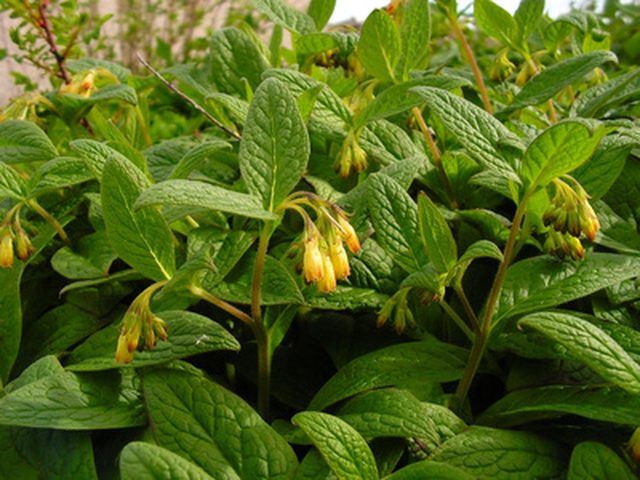Bulbs
Flower Basics
Flower Beds & Specialty Gardens
Flower Garden
Garden Furniture
Garden Gnomes
Garden Seeds
Garden Sheds
Garden Statues
Garden Tools & Supplies
Gardening Basics
Green & Organic
Groundcovers & Vines
Growing Annuals
Growing Basil
Growing Beans
Growing Berries
Growing Blueberries
Growing Cactus
Growing Corn
Growing Cotton
Growing Edibles
Growing Flowers
Growing Garlic
Growing Grapes
Growing Grass
Growing Herbs
Growing Jasmine
Growing Mint
Growing Mushrooms
Orchids
Growing Peanuts
Growing Perennials
Growing Plants
Growing Rosemary
Growing Roses
Growing Strawberries
Growing Sunflowers
Growing Thyme
Growing Tomatoes
Growing Tulips
Growing Vegetables
Herb Basics
Herb Garden
Indoor Growing
Landscaping Basics
Landscaping Patios
Landscaping Plants
Landscaping Shrubs
Landscaping Trees
Landscaping Walks & Pathways
Lawn Basics
Lawn Maintenance
Lawn Mowers
Lawn Ornaments
Lawn Planting
Lawn Tools
Outdoor Growing
Overall Landscape Planning
Pests, Weeds & Problems
Plant Basics
Rock Garden
Rose Garden
Shrubs
Soil
Specialty Gardens
Trees
Vegetable Garden
Yard Maintenance
About the Comfrey Plant
About the Comfrey Plant. Comfrey has been cultivated as a healing herb for thousands of years. The herb is native to Asia and Europe, but early English immigrants brought it to North America for medicinal purposes.

Comfrey has been cultivated as a healing herb for thousands of years. The herb is native to Asia and Europe, but early English immigrants brought it to North America for medicinal purposes.
Identification
Common comfrey or Symphytum officinale grows to be approximately 5 feet tall. It has narrow lance-shaped leaves and usually produces bell-shaped yellow flowers that bloom from May to September, but some European variations also produce purple, red or white blossoms. Comfrey has a deep root system with thick dark-colored roots.
Cultivation
Comfrey is a frost-resistant plant that prefers cool weather and full sunlight. It grows well in moist loamy or light sandy soil. Comfrey propagates through transplants, root cuttings and crown divisions. The plant has few serious insect or disease problems in the United States, but comfrey rust fungus damages comfrey plants in the United Kingdom.
Benefits and Warning
Comfrey contains chemicals that speed up wound healing. It has astringent, antifungal and antibacterial properties. Comfrey also contains a wide variety of healthy chemicals and nutrients. Unfortunately, the herb also contains an alkaloid called pyrrolizidine that causes liver damage and cancer. The FDA banned the sale of products containing the herb in 2001.